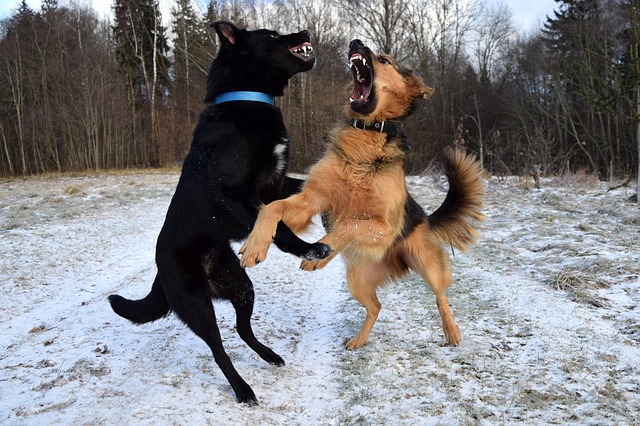
Dog training secrets
Before you ask your dog to do something, ask yourself this…
“Do I think that my dog will succeed?”
If the answer is no then why are you going to do it? Lets take a very simple example. You are training your dog to do a recall and your dog is jumping around with another dog, having so much fun it is unlikely that they will hear you, never mind obey your command and come charging towards you! So why do we call our dog when we don’t think they will come? Well actually good dog trainers don’t. So what are your options? There are a couple of options for this situation just in case you are wondering.
- Wait a few minutes until the excitement has calmed and then call them
- Use some amazing food, walk up to your dog close enough to get their attention (Yes you may have to stick it on their nose) then call them
- Turn and walk away and see what happens…some dogs will follow!
- Walk over and take your dog by the collar
- If you can’t catch them leave a short line on them 2-3m so you can
- And if none of the above work then you need to leave a long line on them so you retain control of them and they can’t run off. Remember the saying about closing the gate after the horse has bolted?
Now if you are saying to yourself “Yes but I just want my dog to come when I call them” then you have missed the point. This part above is the training! You can’t skip the hard bit and just claim the prize.
So going back to my point, my job is helping people to focus on setting themselves up to win and then taking baby steps. There is not one way to do this, there are hundreds depending on the situation. Slowly change one factor and ensure that your dog can still achieve the goal. Here are some of the easiest and most common factors you can easily control so ensure that you get your training off to a good start and then keep it that way. The points below are all simple, straight forward and effective because training does not need to be complicated.
1.Distance – Sometimes moving further away will make it easier and other times moving closer will make it easier. Work out which one it is and then do it. For example : It could be that you are training a dog not to be aggressive…move further away to start with. Alternatively if you are training a sit–stay then start closer before increasing the distance
2.Motivation – You must find a way of motivating your dog, you can’t skip this part There are usually several ways to achieve this however the easiest and most powerful is usually food. For example : To increase your dogs interest in the training simply increase the quality of the reward, change the dry biscuit for a piece of bacon and watch the difference.
3.Time – When you are starting out you may only be able to do something for a very short space of time. That is fine, starting small is always the starting point. For example : If you want your dog to get used to being left at home alone without becoming stressed start with 30 seconds of you being out of the room, and then return without making a fuss. Slowly build it up to 5 minutes and then increase to longer.
4.Enviroment – Learn to understand what it means to control yours and your dogs enviroment. Whether it is keeping doors closed, or using leads or lines, crates or pens, or simply keeping dogs away from danger or valuable things. For example : When you have a puppy move things that are likely to be chewed or that are valuable out of reach to begin with, of course later on you can replace them back. If your dog is
Of course there are lots of other very important tips which I look forward to sharing with you all in the future, but for now focus on getting off to a good start on your journey with your dog.







